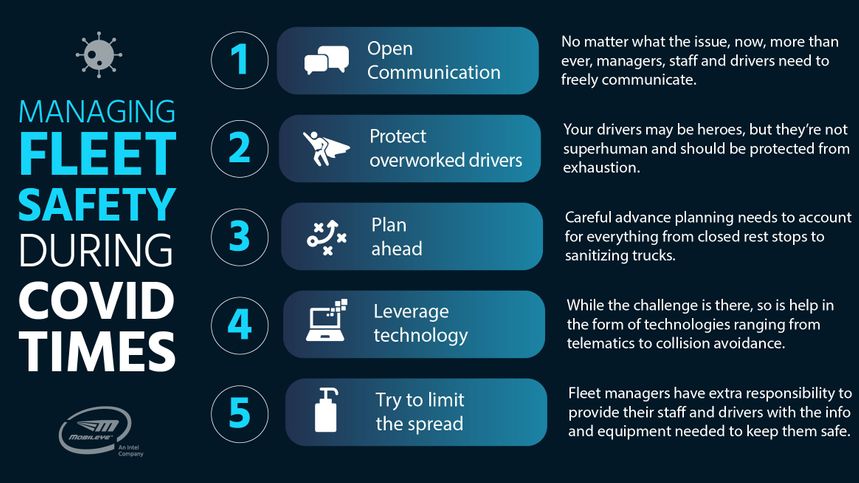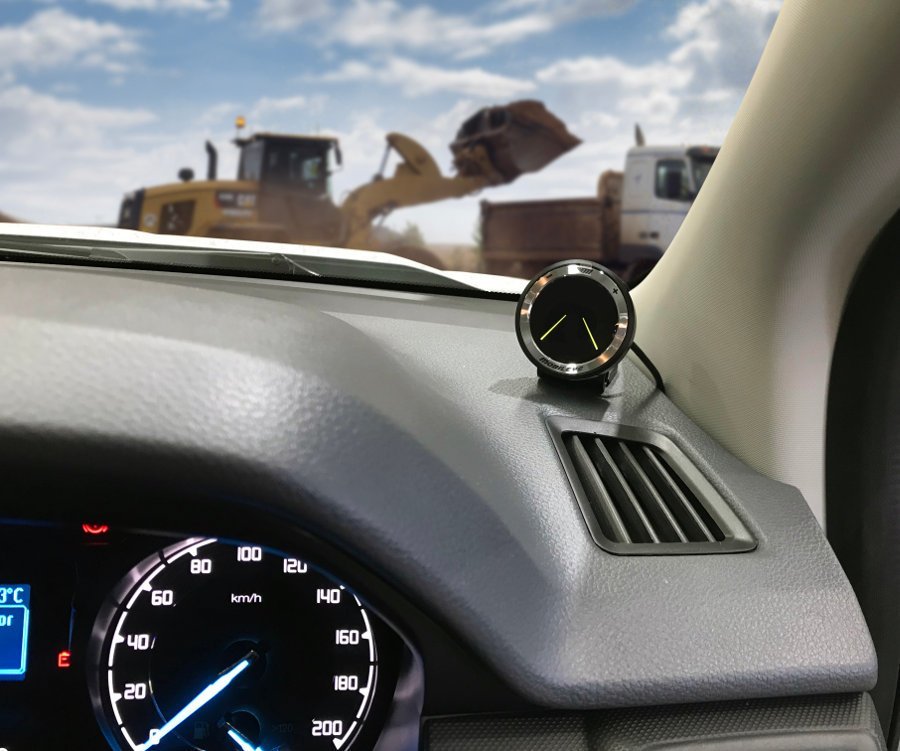
Although it sounds complicated, situational awareness is actually a pretty easy concept – it’s the ability to keep track of what is going on around you and base decisions on these observations. In driving, it means understanding where you are on the road, who else is on the road, what others might potentially do, and lots of other things we analyse and absorb without even realising it.
As drivers, we like to think that we have good situational awareness and are able to observe and react quickly. Let’s put that confidence to the test with this video.
This test was developed by Transport for London (TfL) as part of a campaign to make drivers more aware of the cyclists they share the roads with. The tag line “It’s easy to miss something you’re not looking for” refers to a form of driver distraction. While we usually associate driver distraction with things like mobile phone use, we can also lose situational awareness in other ways. For instance, in our example, most people do not notice the moonwalking bear because our minds are focused on something else – a phenomenon known as inattentional blindness.
It’s easy to see the connection between inattentional blindness and vehicular safety. According to this study, in Australia motorcyclists are 30 times more likely to be killed in crashes compared to car drivers and this is consistent with crash statistics throughout the world. It’s worrying that there’s an acronym, SMIDSY, for the excuse “Sorry mate, I didn’t see you” as the phrase is so commonly used by vehicle drivers in reference to motorcyclists or cyclists.
A 2018 study conducted by researchers from the Australian National University found that looked-but-failed-to-see (LBFTS) crashes were the most common reason for motorcycle-related traffic accidents. One of the authors of the study, Kristen Pammer, a professor of psychology and the associate dean of science at Australian National University, said in a press release, “When we are driving, there is a huge amount of sensory information that our brain must deal with. We can’t attend to everything, because this would consume enormous cognitive resources and take too much time. So, our brain has to decide what information is most important. The frequency of LBFTS crashes suggests to us a connection with how the brain filters out information.”
So how can we fight inattentional blindness?
Research shows that inattentional blindness is worse when people are given a task or tasks to do. For example, in the TfL video discussed above, the task of counting how many passes the white team made was an important factor in leading viewers to ignore the moonwalking bear. In a 2011 study, subjects were asked to follow a jogger and count the number of times he touched his hat with his right or left hand. Only 42% of them noticed a fight that was taking place along the jogger’s path. When subjects were told to simply follow the jogger, 72% noticed the fight. For drivers, this means that any task we do outside of driving can contribute to inattentional blindness, even if these tasks don’t require us to take our eyes off the road or our hands off the wheel.
A 2013 study conducted by the American Automobile Association (AAA) ranked use of both hands-free and handheld phones as moderate safety risks while more intensive hands-free tasks such voice-activated email were ranked as extensive safety risks. And if that wasn’t bad enough, a 2015 study showed that drivers’ minds are occupied for up to 27 seconds after using even hands-free devices. The lesson is, using mobile phones or other devices, either hands-free or hand-held, should be avoided while driving.
In response to extensive research on this, stricter measures are being implemented across Australia to deter drivers from potential distractions. These include specialised cameras to detect mobile phone usage at the wheel, while Queensland drivers will now be hit with an on-the-spot fine of $1000, more than double the current $400 penalty, plus the risk of losing their licence if caught on a second offence.
The Mobileye 8 Connec™t collision avoidance system offers another way to cut down on inattentional blindness. The system, which comes with built-in telematics, will alert drivers with both audio and visual signals when it detects a hazard on the road ahead. This focuses the driver’s attention on the road, giving them time to avoid or mitigate a collision.
Contact Mobileye to hear more about how the Mobileye 8 Connect can help your fleet cut both the number of collisions and collision costs.




